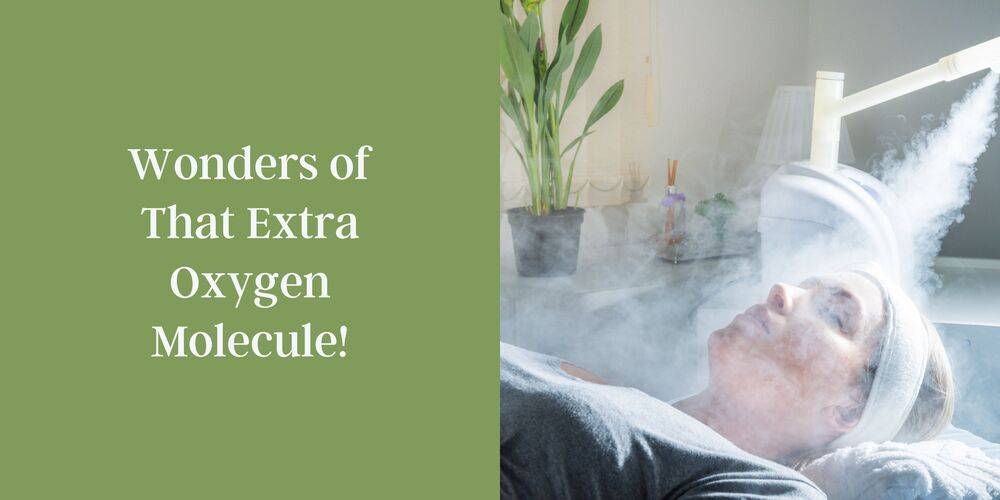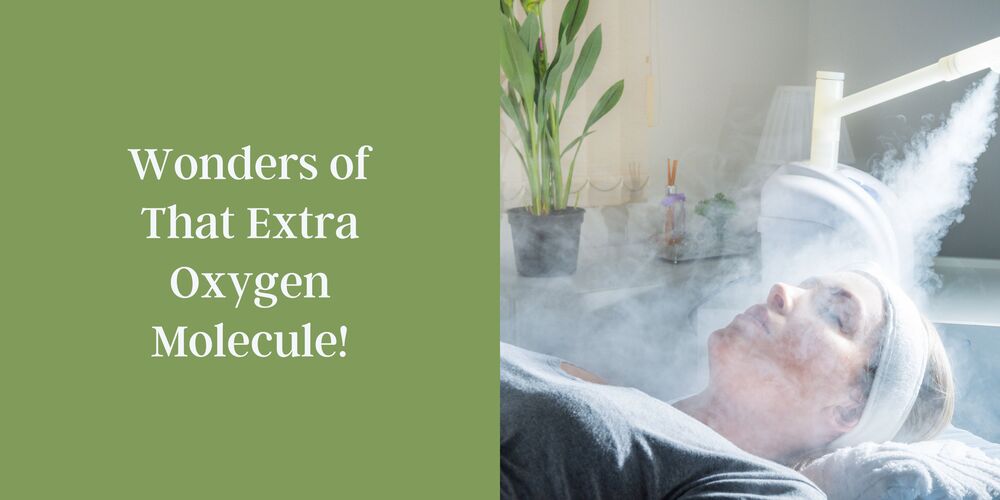Ozonoterapia: esa molécula extra de oxígeno puede hacer maravillas
Ozonoterapia: esa molécula extra de oxígeno puede hacer maravillas
26 de septiembre de 2023, por Michael Grant White
Obtenga más información sobre la ozonoterapia, áreas de aplicación, propiedades médicas, aplicaciones médicas y mucho más.

Leí que en 1980, la Sociedad Médica Alemana de Ozonoterapia encuestó a 644 terapeutas sobre el uso del tratamiento con ozono en sus pacientes. Estos 644 terapeutas habían administrado colectivamente 5.579.238 tratamientos con ozono a 384.775 pacientes.
De todos estos tratamientos, sólo hubo 40 casos de efectos secundarios, lo que equivale a una tasa sorprendentemente baja del 0,000007%. Eso fue hace 30 años. ¿Cómo ha respondido el mundo médico de EE. UU. a esta increíble información? Poco a poco y mal, pero después de 30 años, por fin estamos despertando.
Algunas áreas médicas donde puede resultar de gran ayuda son:
- Cuidados intensivos
- Angiología
- Neurología
- Oncología
- Cirugía
- Dermatología
- Gerontología
- hepatogastroenterología
- Urología
- Reumatología
- Ginecología
- Proctología
- Odontología
- Ortopedía
¿Qué es el ozono?
El ozono es tóxico. ¿No es así?
Propiedades médicas del ozono
¿Cómo se utiliza el ozono con fines médicos?
¿Es la ozonoterapia para mí?
Aprenda a respirar mejor con el kit de dominio de la respiración óptima.

Conoce a Mike White
Conozca a Michael Grant White, el entrenador de respiración óptima y obtenga información práctica sobre el desarrollo de su respiración, su salud y su longevidad.




